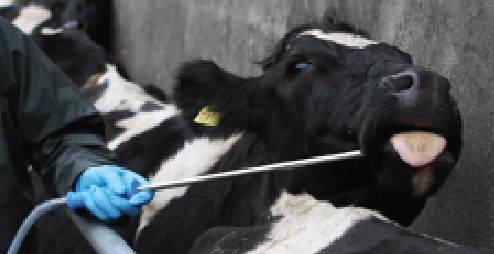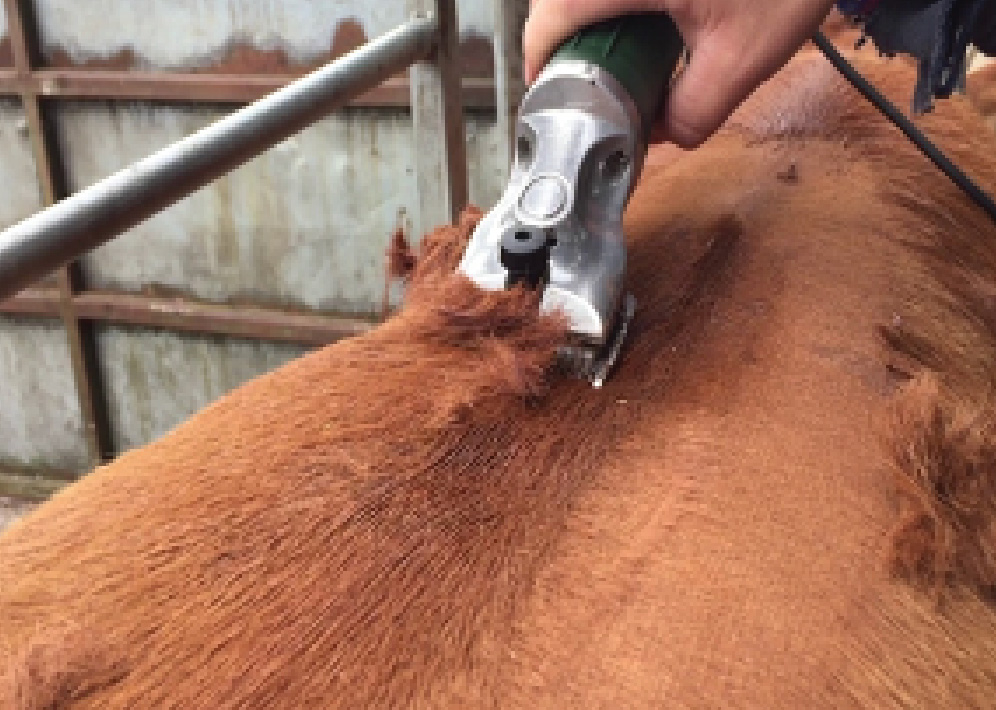The housing period is one of the best time to take action against parasites.
The most common parasite groups to consider when treating cattle include:
- Stomach and intestinal worms
- Liver flukes
- Lungworms
- External parasites (lice and mange)
Housing is an opportunity to get a high level of control in both parasitic worms and external parasites. This is due to the fact that cattle pick up these parasites when grazing. Therefore, once housed, cattle will be no longer susceptible to pick up new fluke and worm parasites. Affective treatment will leave cattle virtually burden free of parasites for the winter period.
Things to consider:
 With the current awareness of resistance to many Anthelmintic and Flukicide products, you should be targeting the problems on your farm and not just using a blanket approach. This means having a farm specific parasite control programme as part of your Herd Health Plan. This should be discussed and reviewed with your Technical Sales Advisor or you’re Vet.
With the current awareness of resistance to many Anthelmintic and Flukicide products, you should be targeting the problems on your farm and not just using a blanket approach. This means having a farm specific parasite control programme as part of your Herd Health Plan. This should be discussed and reviewed with your Technical Sales Advisor or you’re Vet.
- Faecal egg count sampling – is now recommended to be used in a strategic treatment approach where animals are sampled and treated when higher egg counts are found. This can reduce the amount of treatments required.
- Weighing Animals - most livestock farmers should have access to weighing scales. In order to reduce resistance to dosing products it is important that we administer the correct volume to each animal.
- Rotating Wormers - Anthelmintic resistance is more likely to develop in worm populations that are exposed to the same active ingredients on a repeated bases. This essentially means that using oral, white or yellow dosing product which reduces the use of, for example ivermectin based products.
- Restrict feed pre dose - With oral wormers restricting feed for a few hours pre dosing can help to optimise product efficacy. Drinking water should never be restricted on livestock farms.
- Knowledge is key - When it comes to dosing. Ask your Technical Sales Advisor, Counter Staff or local vet if you are unsure of what product to use. Flukicides kill fluke and many products kill fluke at different stages depending on the active ingredient, therefore it is important that the product is used at the correct stage for full effectiveness.
Liver fluke has a life cycle of 12 weeks, so for example if using product that kills all stages of liver fluke it is best to use it in the first week of housing. If using an ivermectin based product, such as Closamectin it is best to wait 5 to 6 weeks from when the cattle are housed in order to let the liver fluke mature to a stage that it can be eradicated as it only works on mature liver flukes.
BENEFITS OF CLIPPING

- Clipping of cattle should begin at the top of the head and follow right through to the end of their tail. It’s important that clippers are maintained and oiled before use and blades are sharpened.
- As the temperature can vary day by day a clipped back will allow the animals body to cool down more effectively which reduces a potential risk of pneumonia occurring.
- Increases in daily live weight gain should be noted as the animal will not be uncomfortable or stressed.
- It allows for the management of external parasites. By clipping the hair on the top of the animal, it removes area for lice to hide.
- If using a pour-on dose to treat lice, treat animals after they have been clipped and treat all cattle in the shed and do not add more untreated cattle as they could cause re infection.
- Clipping around tails and udders will help suckler cows to remain clean during the pre-calving and housing period.
Consult your local Drummonds Agronomist for further information on parasite control on your farm.


